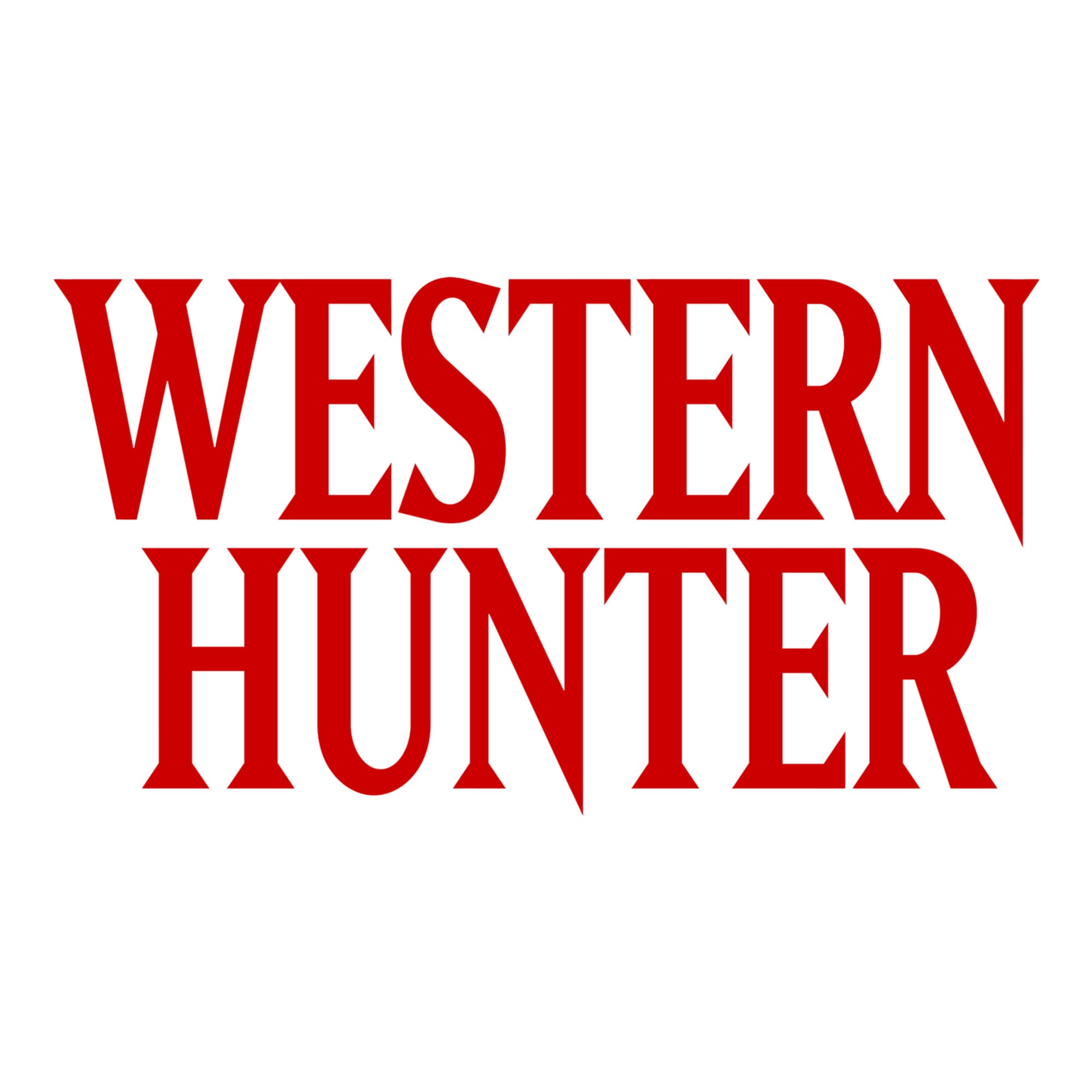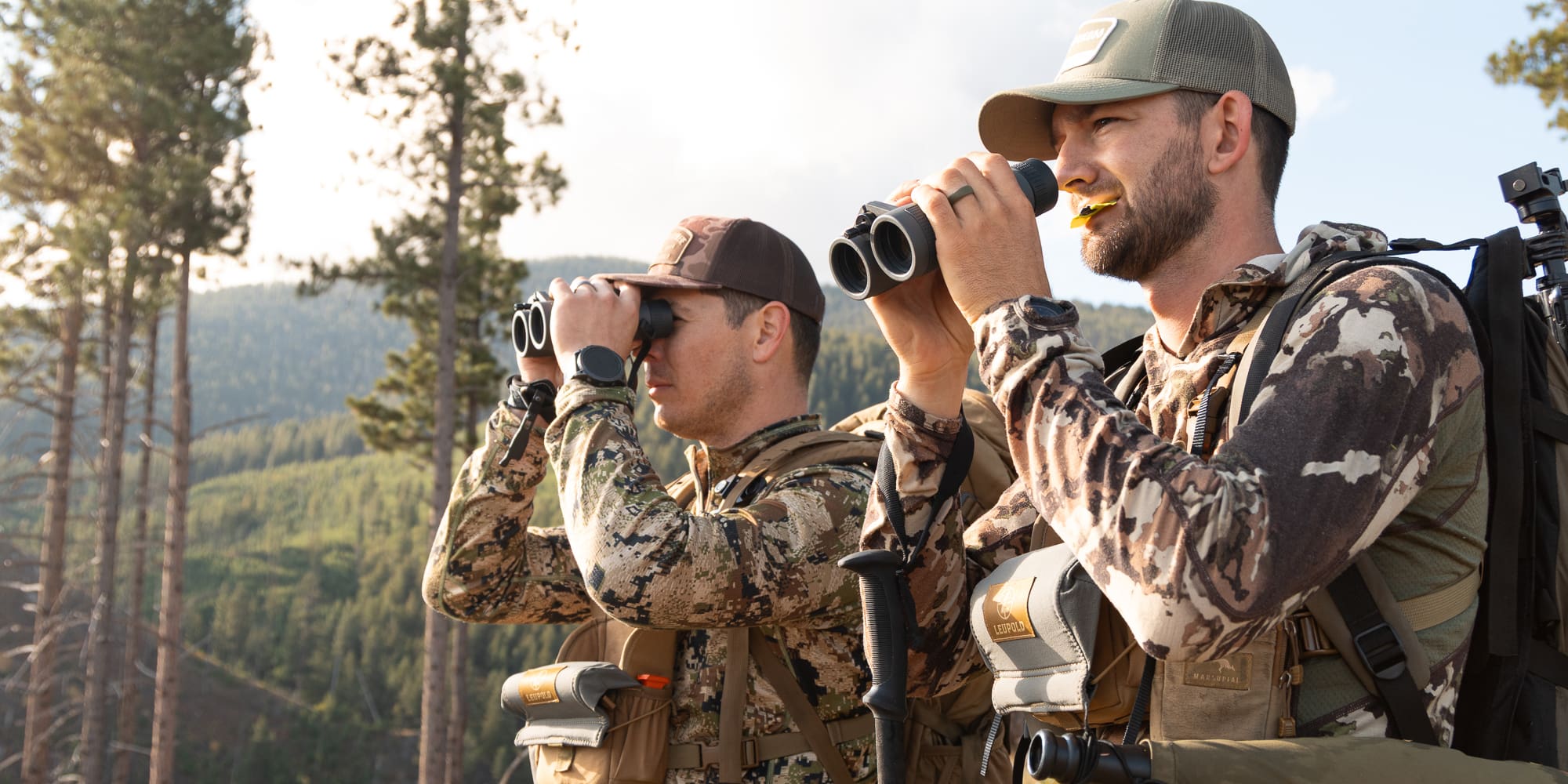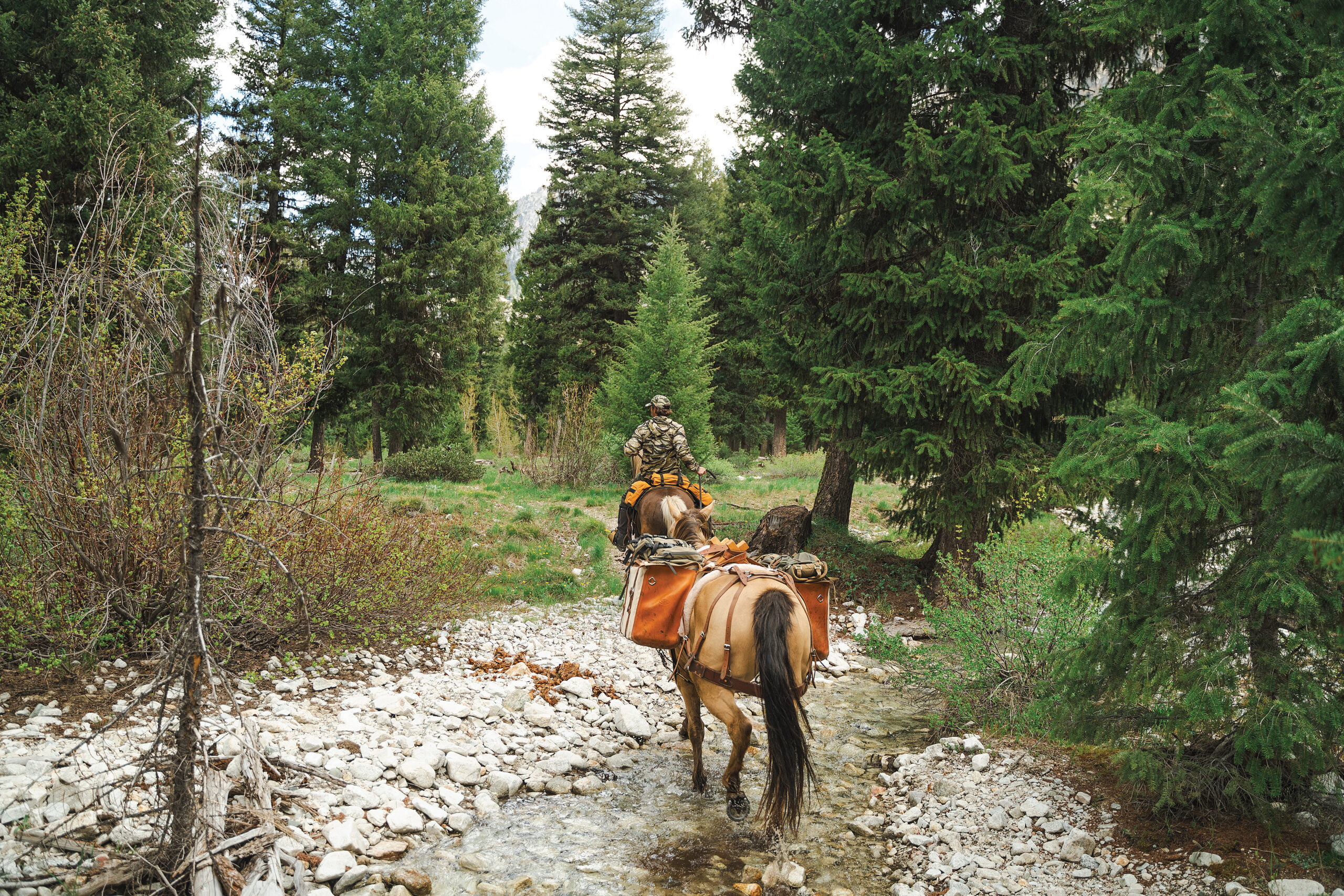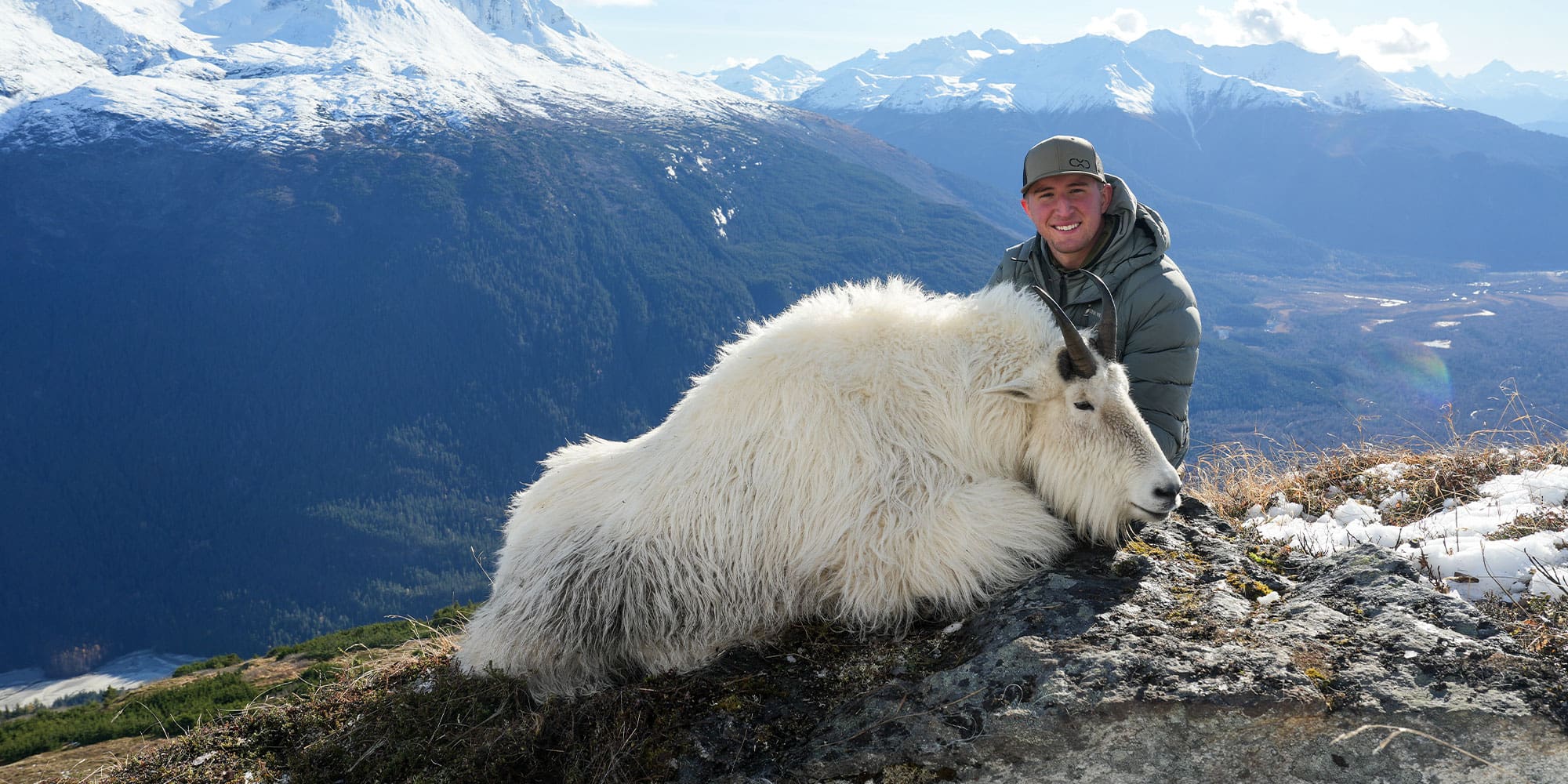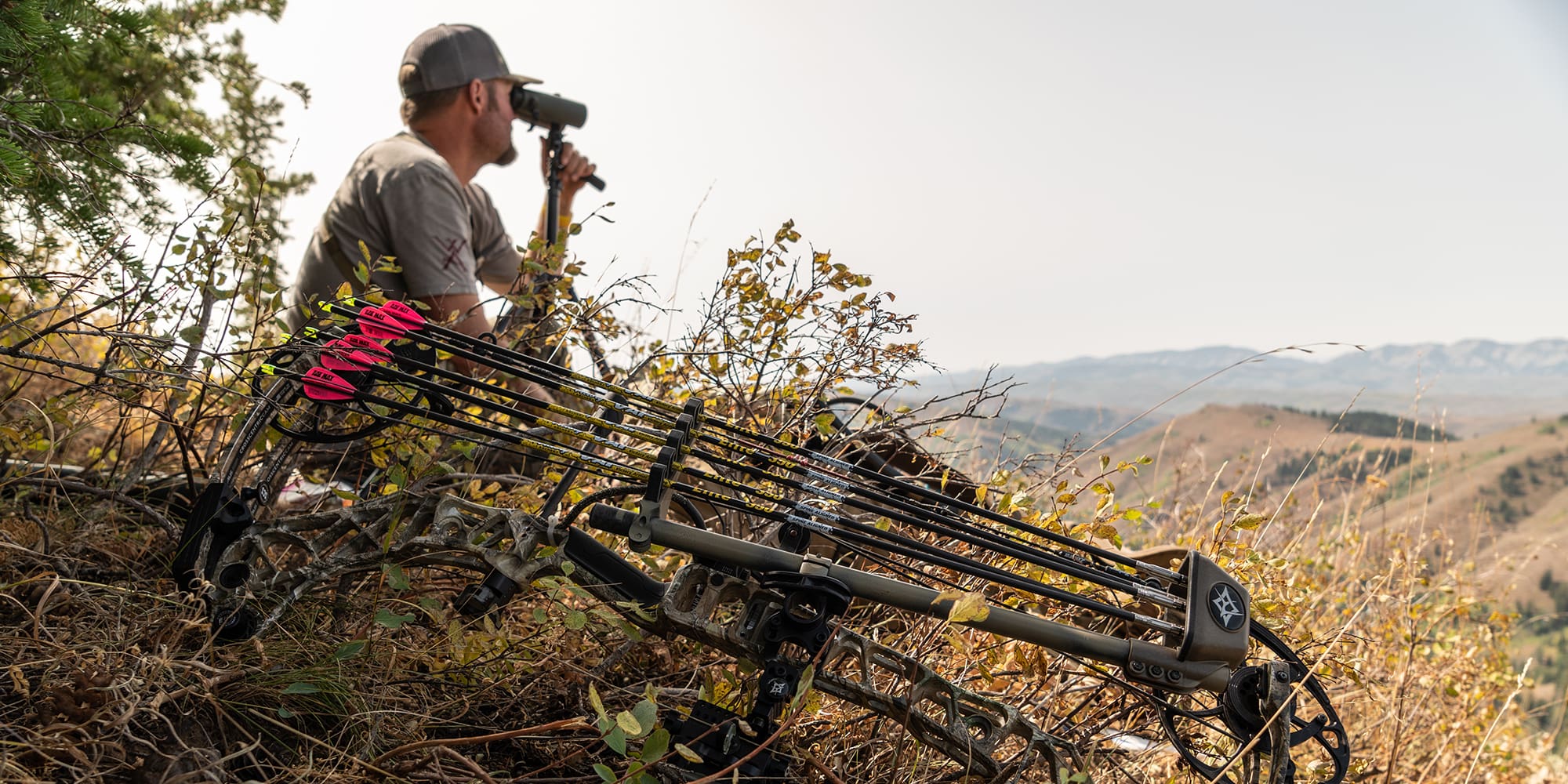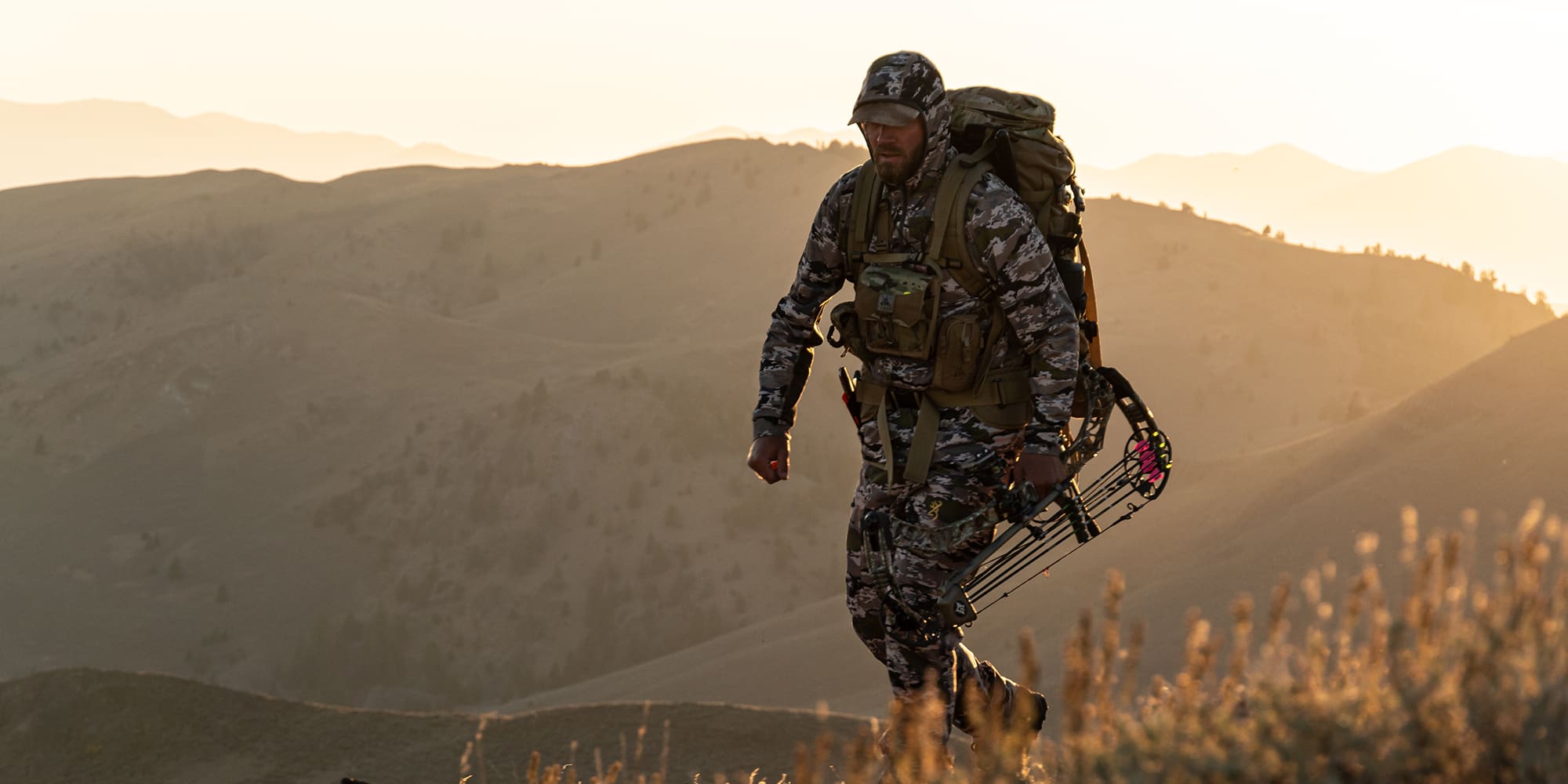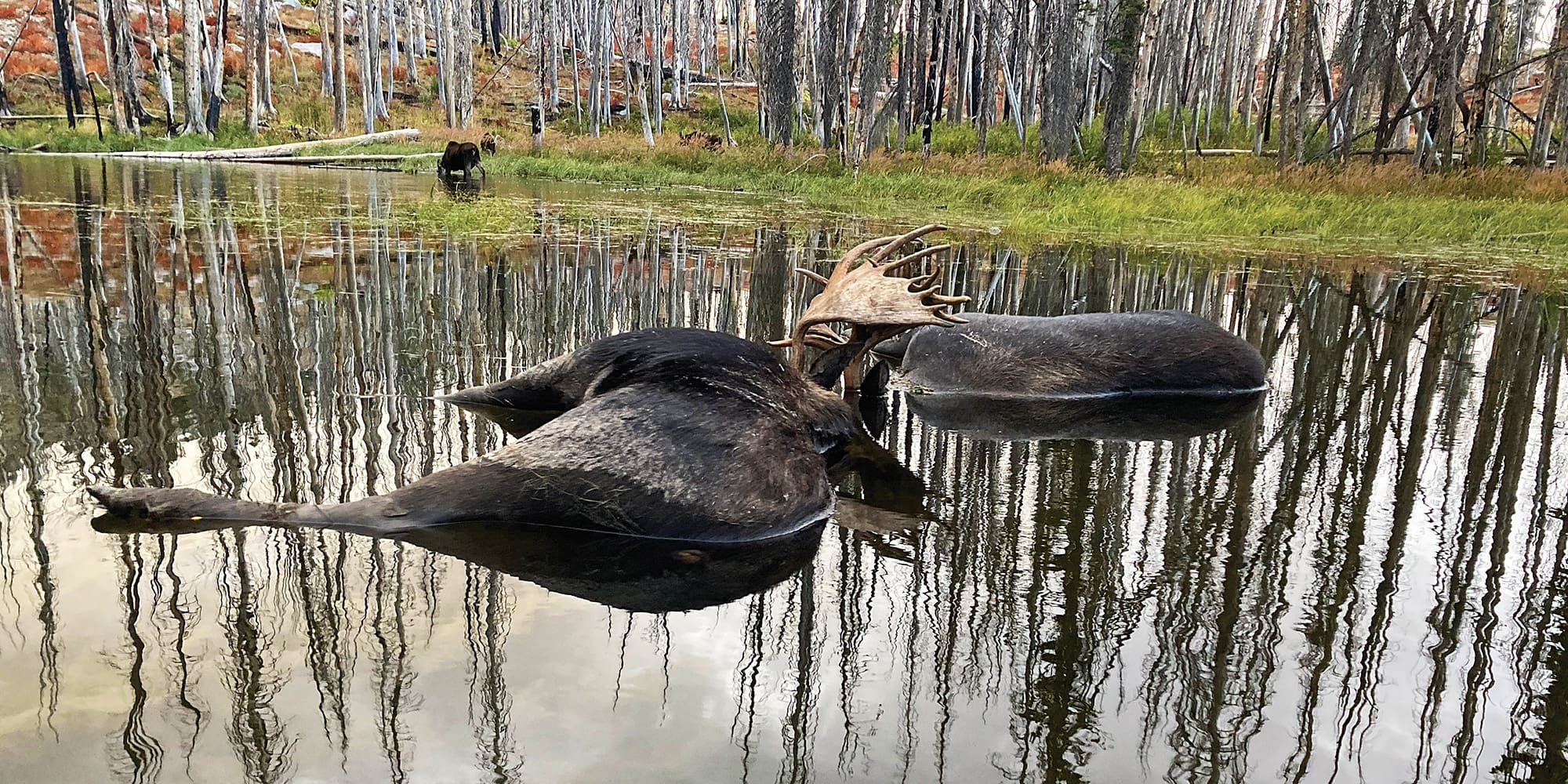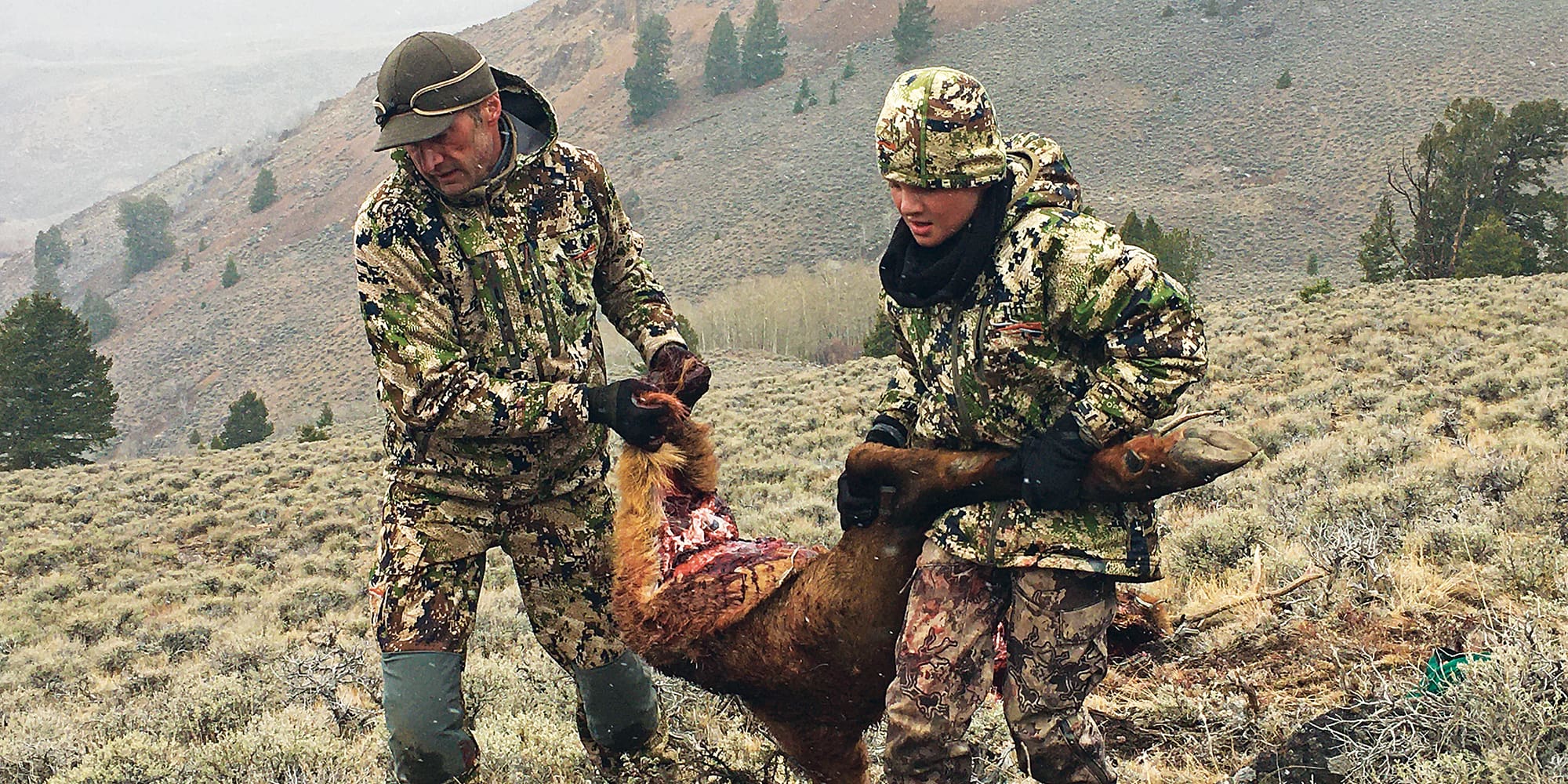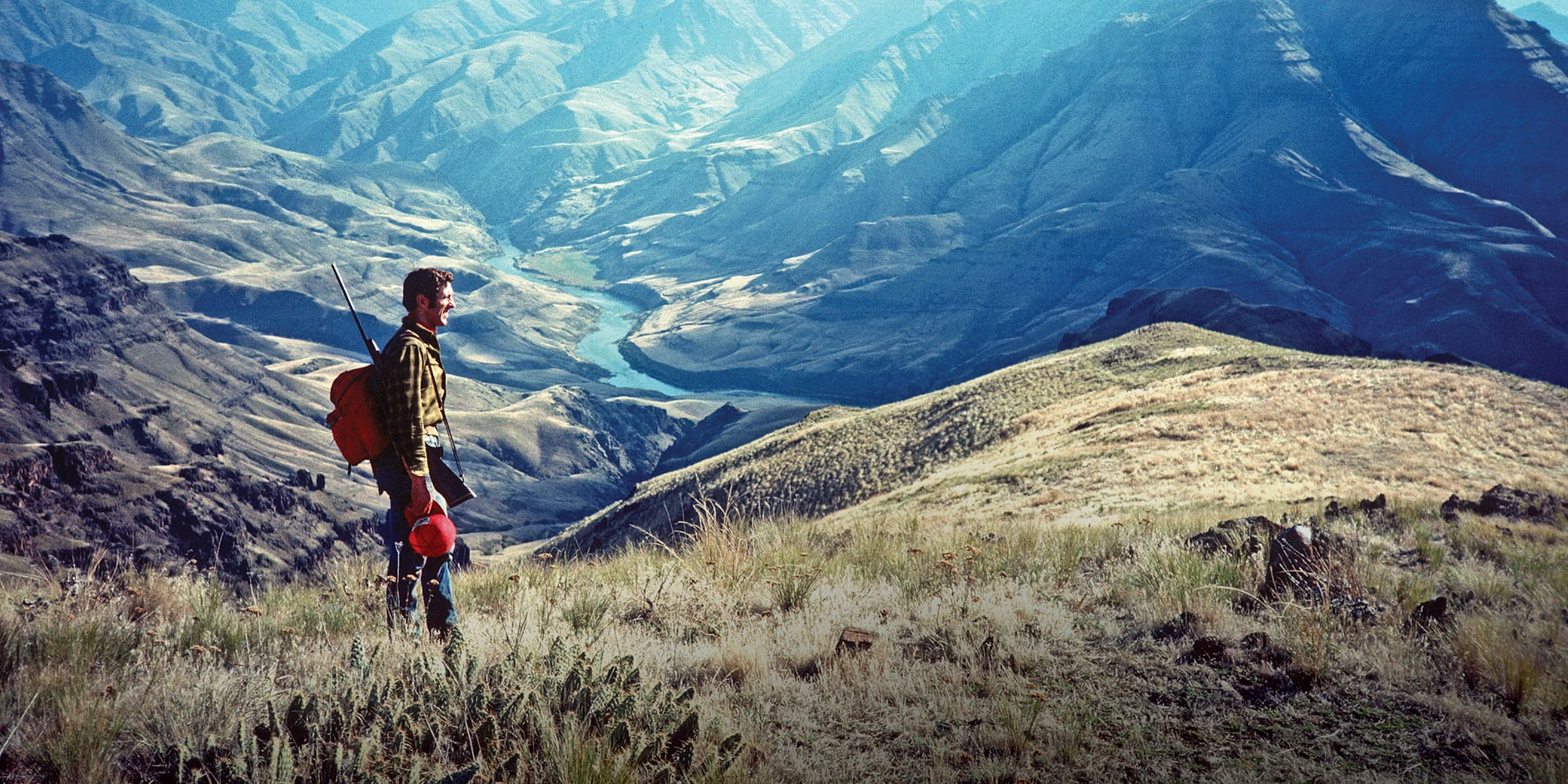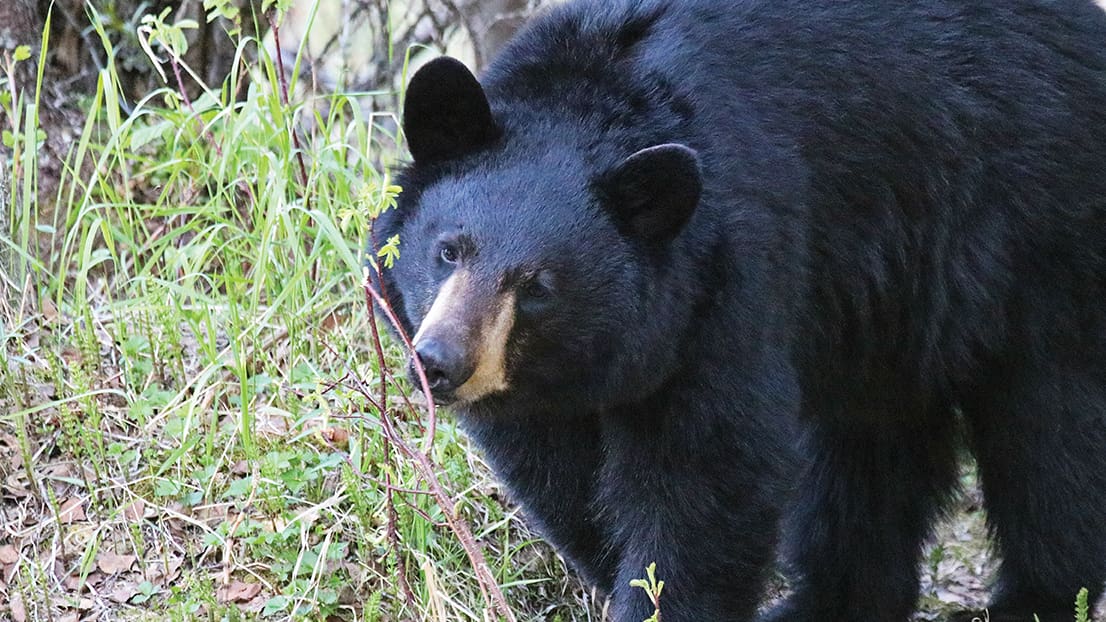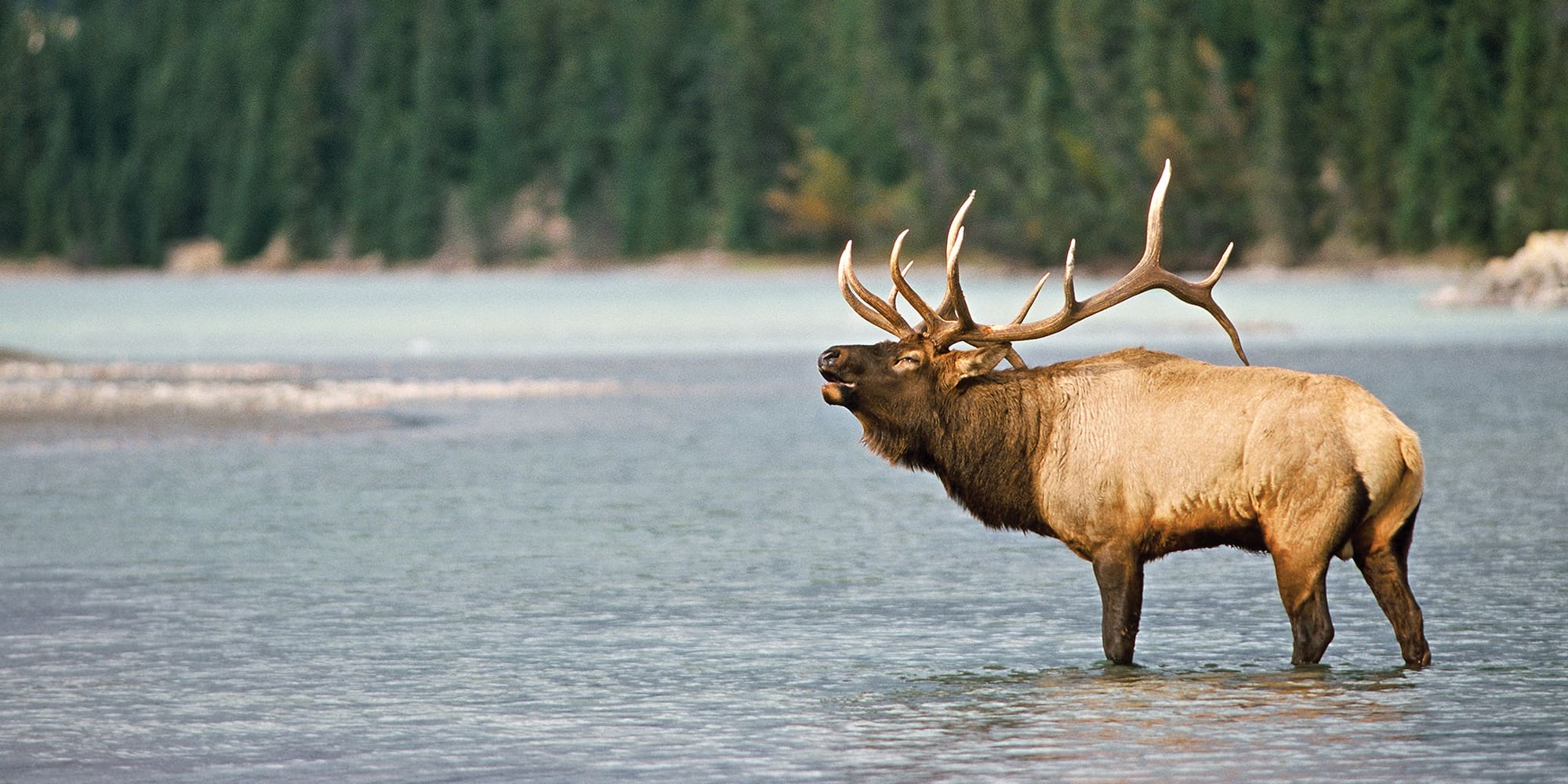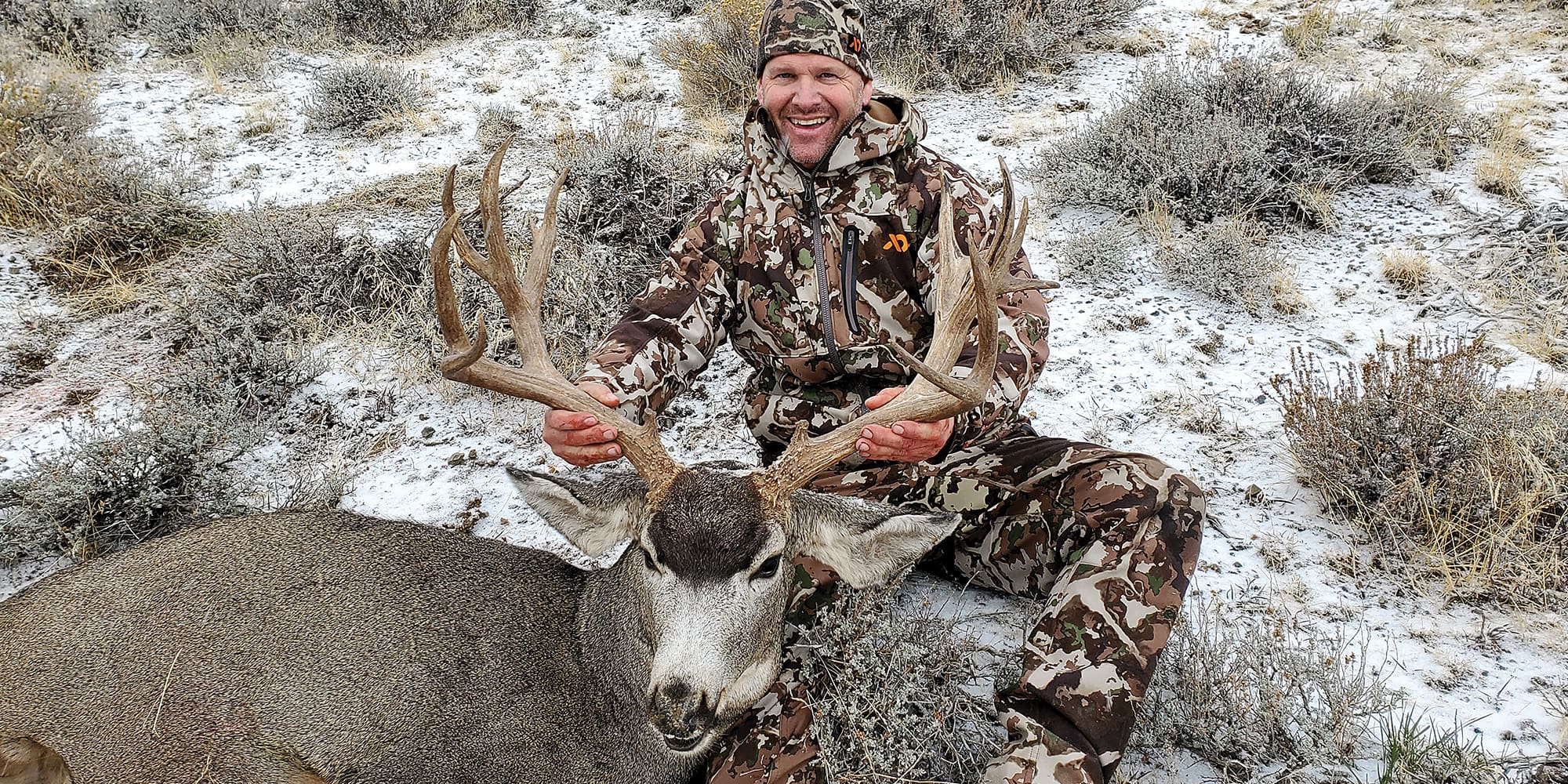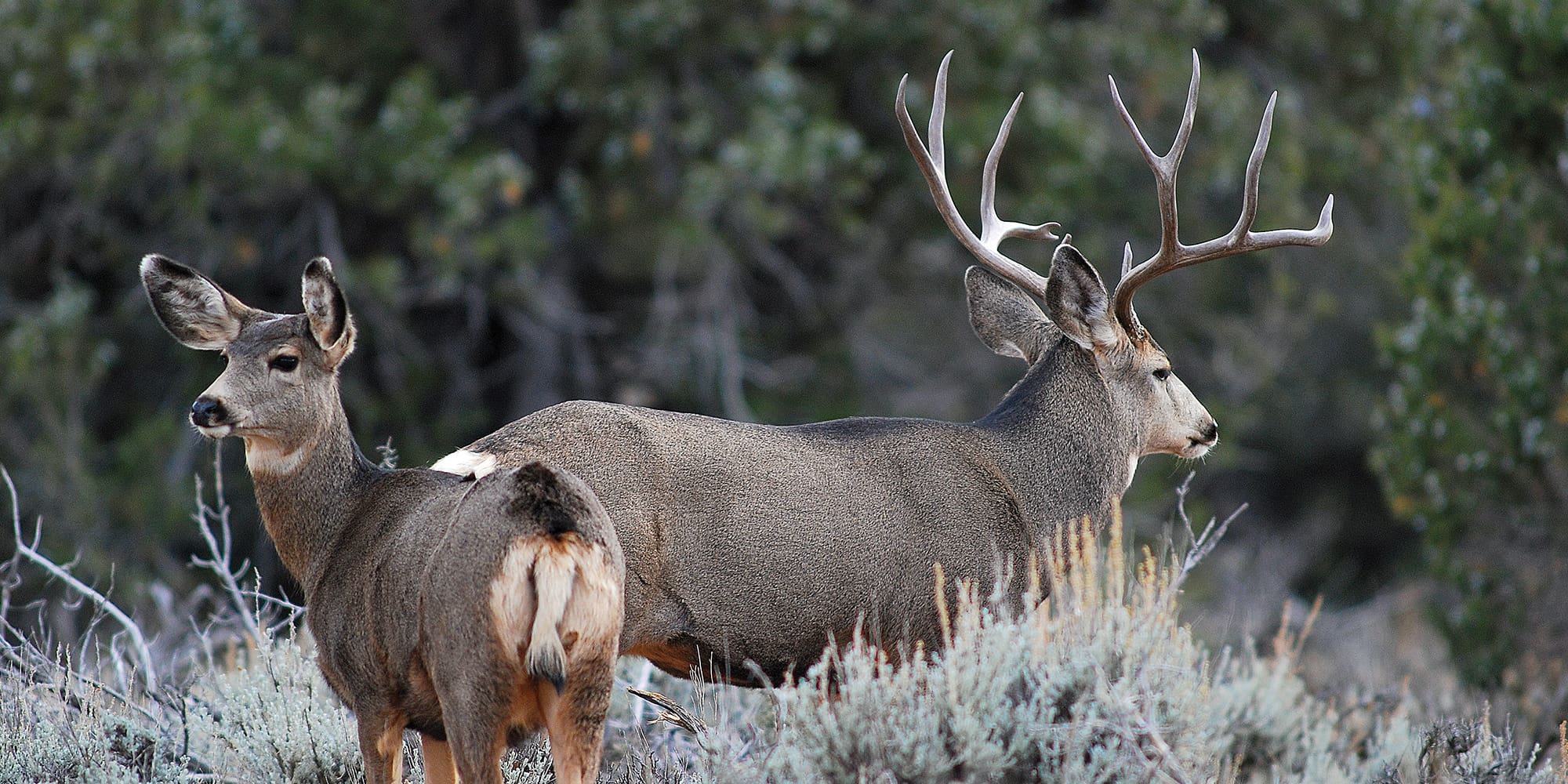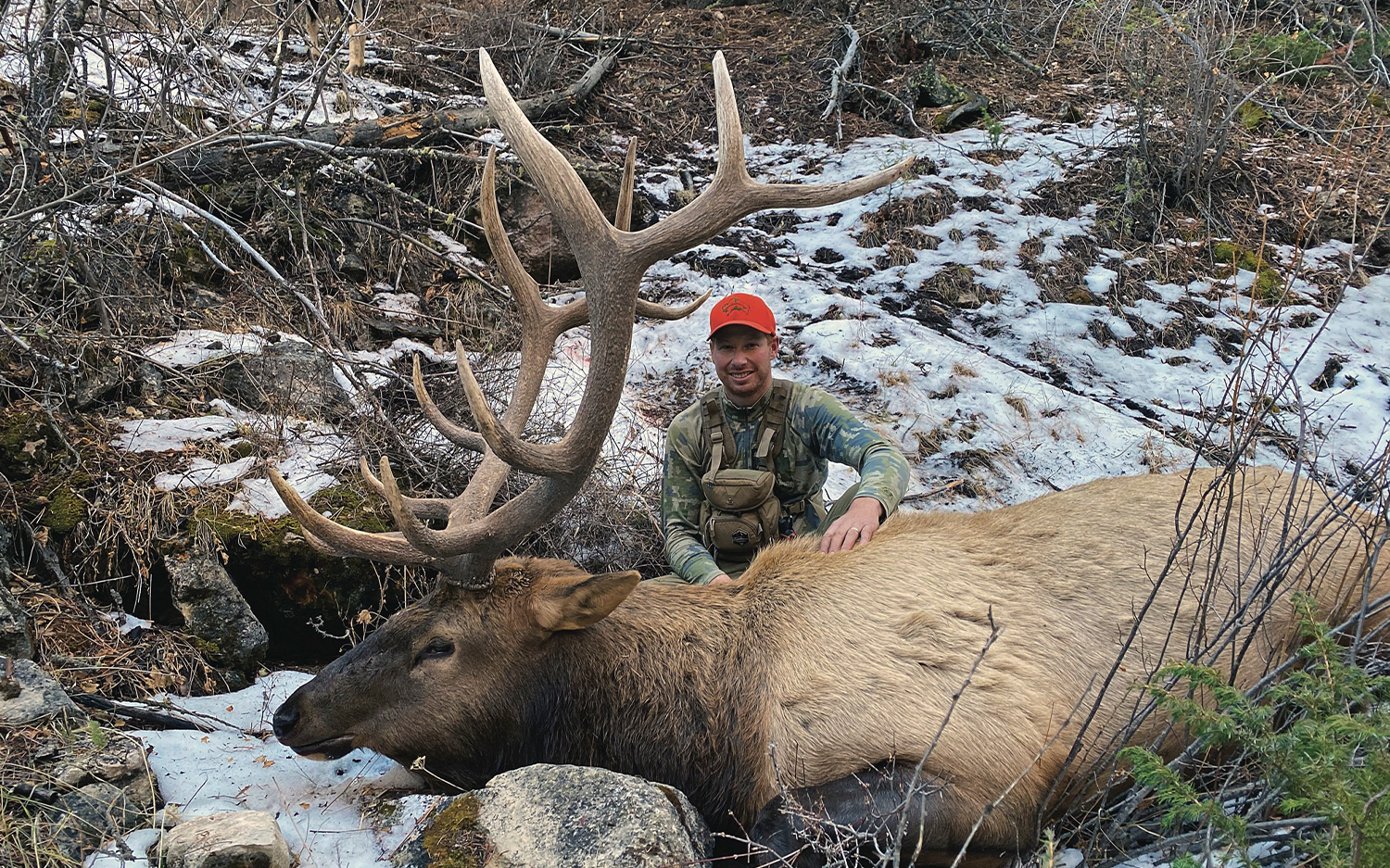
NOTICE: Certain links on this post may earn a commission for Western Hunter Magazine from Amazon or our other affiliate partners when you make a purchase. Thank you for your support.
Four-Year Plan
Finding a way to make an unlikely elk hunt happen.
“Am I really seeing this? It just seems too good to be true.” Yet there they were. A group of good bulls on public ground in the middle of rifle elk season, leisurely feeding on an open plateau. They stayed out late into the morning as I glassed them from across the canyon. I started to formulate a game plan, but it wouldn’t be for that day or even that season.
You see, there were a few problems that kept me from pursuing those bulls. The first was the difficulty of the pack out. I normally have the mindset that you need to get the animal down first, only then do you need to be concerned about how to get them packed out, but this was an extreme case. The distance and elevation gain were just too much to consider packing out a bull myself. I could get help from family to bring in horses, but some terrain features and obstacles would keep them from reaching that location. And most importantly, I was hunting deer and didn’t even have an elk tag valid for that area. That probably should have been mentioned that first…
After returning from that hunt, the wheels started turning. How could I get a bull out of there? There just didn’t seem to be a good solution. I had essentially given up on the idea of getting a bull in that area, even after I acquired the solution.
Unlikely Solution
In the spring following that hunt, my wife and I bought five newborn goats to raise for packing. We had our first child the year before and thought pack goats would be a way we could continue backpacking with kids and also help us on hunting trips. Bottle-raising is the preferred method for training pack goats as it creates a bond between humans and the goats. The downside is that it requires years of investment before you see a return.
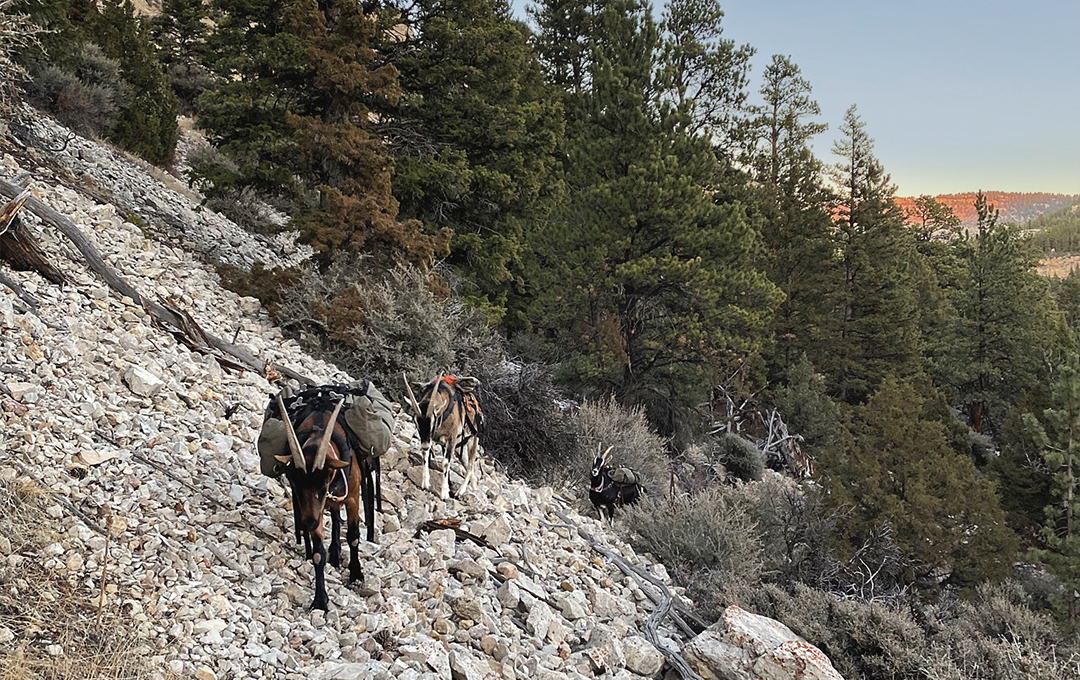
It is recommended that goats are not packed with full weight until they reach maturity around the age of four. It was about a year into raising pack goats that “those bulls across the canyon” popped back into my head. I realized that the hunt might be an option with the help of the goats. Still, it would need to wait until 2020, four years after spotting those bulls.
Four-Year Plan
While not a general hunt, it was an easy-to-acquire tag–the kind that makes you wonder if it’s worth giving up a Wyoming general elk tag as a resident. Even though giving up a general tag for this type of hunt had bitten me in the past, the possibility of finding bulls like I had back in 2016 was something I couldn’t pass up. I had to give it a shot. A buddy and I both put in for the tag and drew. We had done a couple of backpacking trips together but had not done any serious hunting together. He was looking to kill his first bull and I wanted to help him achieve that goal.
My hunt plan was to make shorter, three-to-five day trips into the area, spread throughout the season. I figured it was an area that could get better later as bulls get pushed into the area by snow or hunting pressure. Still, it was hard to resist hunting opening weekend, so we had one trip planned to hunt the opener, one to hunt later in October around the time I had seen the bulls previously, and one last hunt if needed at the tail end of the season.
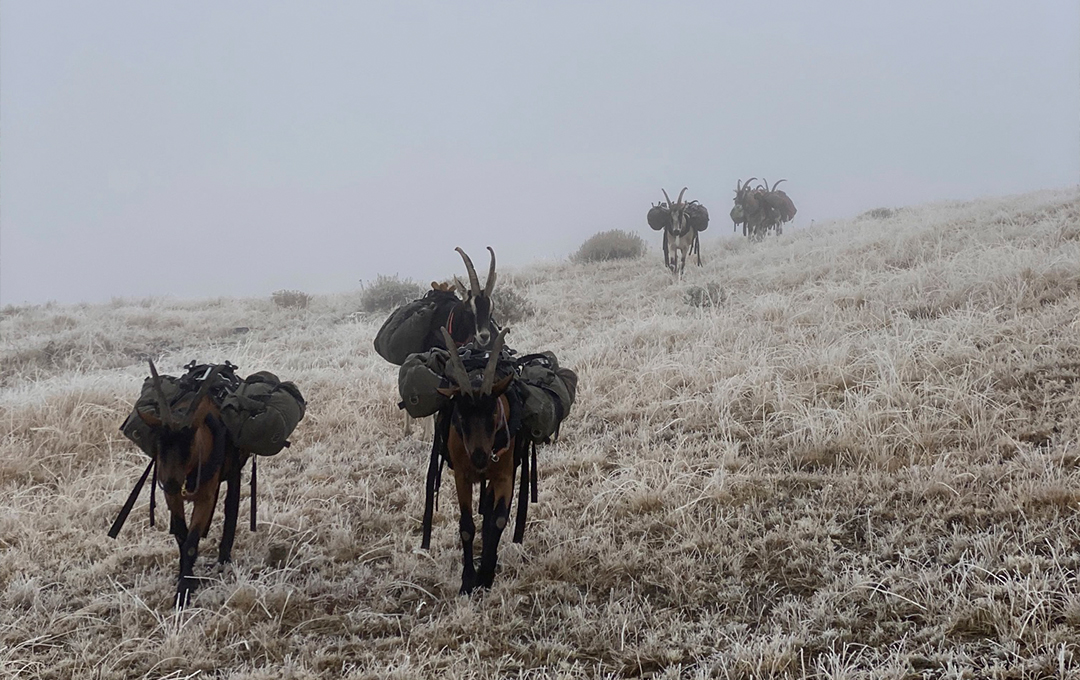
Even with the goats, we would only be able to get out camp and one bull at a time. At 3 ½ and 2 ½ years old, the goats were still not packing full weight. When fully mature, goats can pack 40 or 50 pounds each, but it is recommended to do light loads until goats reach maturity. We were planning to go up to 30 pounds per goat on the 3 ½-year-olds. Because of our limited payload, I wanted to get my buddy a bull on the first hunt so that I could come back later in the season to try for another.
Slipping Out of Sight
The day before the rifle opener, we packed and camped near the location I had glassed up the bulls from years before. This spot offered the best vantage of the plateau across the canyon. Once across the canyon, you could only see small sections of country at a time. Staying on the opposite side of the canyon would give us the best picture of what the elk were doing and allow us to develop a plan accordingly.
To my disappointment, there were not elk across the canyon opening morning as I had envisioned. What we did see is exactly what you don’t want to see–other hunters. I knew it was a possibility, as one private landowner had access to the public from the backside. To make it worse, they were driving all over the public land like they owned it. When we moved to another vantage, three bulls were spotted almost immediately. Two decent six-by-sixes and one goofy six-by-spike. Unfortunately, they were on private land. Even if they were on public land, they would have been safe from us that day due to the topography between us.
At midday, we dropped into the canyon to move camp to a location where we would have access to water. Just as we reached the predetermined camp spot, my buddy spotted a bull about 700 yards up the canyon. It was a great bull, the kind I was hoping we would find. Unfortunately, he was looking our way and had spotted us and the goats. In my experience, the goats have sometimes confused game animals enough to not perceive us as a threat, so we moved into cover and worked our way up the canyon towards his location.
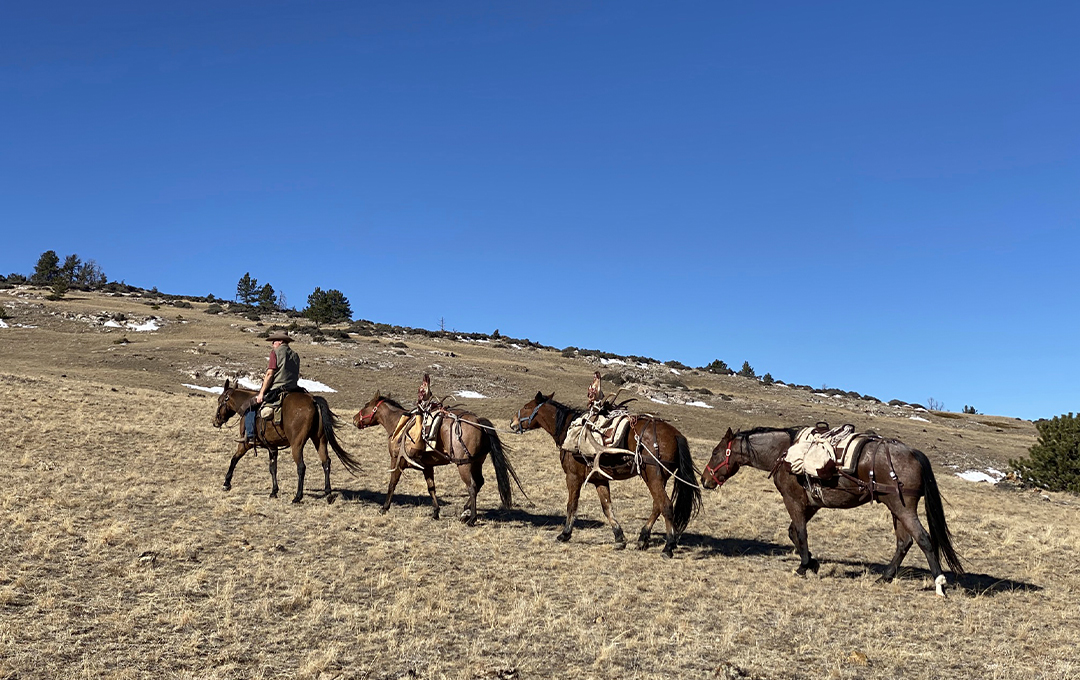
We got to a point where we were out of sight and pulled the goat packs off to make the final approach. My friend generously insisted that I make the stalk. I did not argue, and with the goats following behind, I climbed up to the ridgeline that would provide a view of the small basin where the bull had been. I belly-crawled to the top until I crested the ridge which revealed the small basin, only about 200 yards across, which was mostly open but scattered with cedars. If he was in there, I thought I would be able to see him, but scanning the area with my binos did not turn up anything.
I was there for over a minute and the goats started to feed up the ridge above me. I double-checked land boundaries on my phone to confirm where the nearby private boundary was. When I looked back up, he had come out from behind a large cedar. By the time I got down on my gun, he turned and started walking directly away over the ridge and out of sight without ever offering a shot. That was the last bull we saw that first trip.
Sanctuary Double
In the two weeks between our opening weekend hunt and our second planned hunt, there was a lot of discussion and contemplation of whether it was worth going back in there or if we should try a different area. The lack of elk and number of hunters coming in from private were discouraging. We also had a fresh reminder of how difficult it would be to get an elk out of there. Getting out of there, even without an elk, is not an easy task. Ultimately, I knew that if I didn’t go back in there I would just wonder, “what if?” I had been thinking about hunting that spot for years; I was going to hunt it.
We made our way back in there on a Friday, and after setting up camp, we hiked up a ridge that offered a decent vantage of the target plateau and a smaller pocket valley on the backside that had caught my eye during e-scouting. The pocket was in a tributary canyon to the main canyon. It was mostly surrounded by ribbon cliffs, making it inaccessible from most directions. There were some thicker pockets of timber near the bottom intermixed with some smaller, sloped meadows. It just seemed like it had all the elements bulls would want for a post-rut sanctuary.
My buddy stopped at a location to watch where we had spotted the good bull opening day, and I made my way further up the ridge to check the pocket on the backside. When I got to the overlook, the first places I checked were those pocket meadows and quickly turned up a bull. He was a nice six on one side and a spike on the other. I backtracked and was able to get my buddy to make his way up to my location. When he got there, I repositioned to a slightly better shooting location. This location opened up a little more country which presented two more bulls. They were both good six-by-sixes and only 160 yards below us at a very steep angle. We decided we would try to double-up on these bulls.
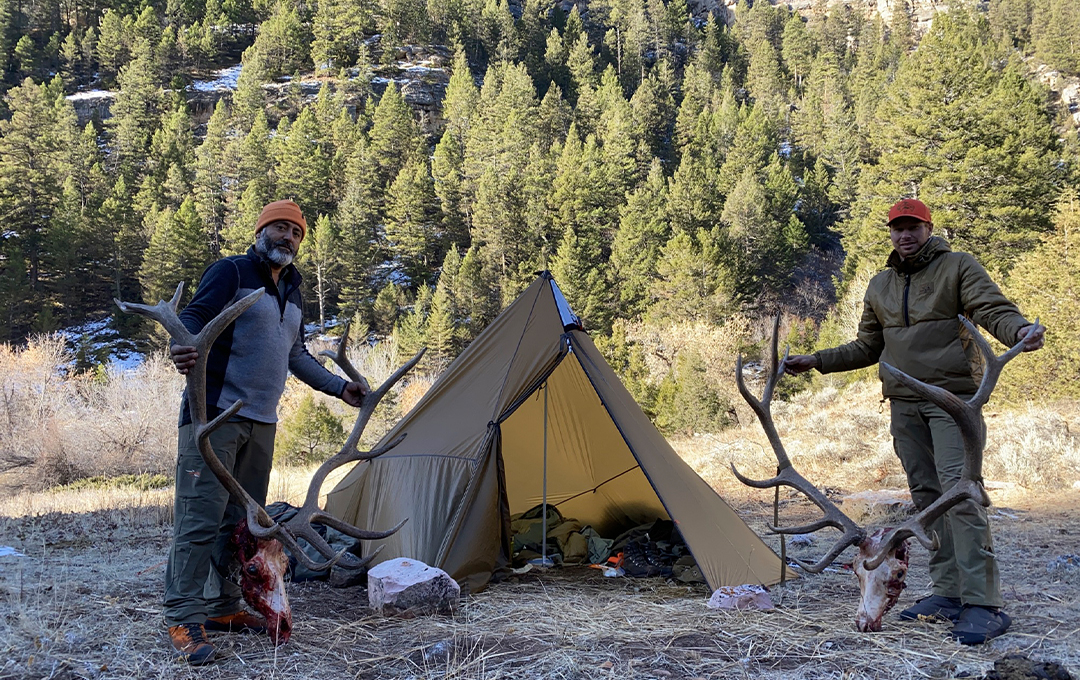
We went over a plan on how to make the double happen. On a previous occasion, I had the old “3…2…1…BANG” method go very wrong with one miss and one wounded animal. I found that it is common to end up punching the trigger using that method, making a good shoot nearly impossible. Our plan on this occasion was inspired by Remi Warren’s Cutting the Distance podcast in which he covered doubling-up. One method he covered was a staggered shot or taking the second shot on the report of the first. According to Remi, one key element to making this work well is for the first shooter to drop the first animal. This typically gives enough time for the second shooter to make a controlled shot on the second animal.
As is often the case with hunting, things did not go perfectly according to plan. With both bulls unaware of our presence and both feeding nearly broadside to us, we settled in for the shots. I let one go on the bull that was to the lower left. He did not drop as planned. Instead, he took off from left to right, running below the second bull and out of sight. Luckily, my buddy was able to get a shot off on the report of my rifle. His bull dropped from a shot through the spine and started rolling down the hillside.
A Regrettable Decision
My buddy’s bull was dead in sight, but it was unclear what the status of my bull was. He had disappeared into the timber at the bottom of the canyon. I was confident in the shot, but as the light faded, doubt started to creep in.
We worked up along the cliff to find a way down into the canyon. I thought there would be a route to drop in not far up the ridge where I thought the cliff gave way to a brush-covered slope, but when we got there it was still a cliff. E-scouting had let me down. Luckily, I found a slot through the cliffs another couple hundred yards up the ridge. In the darkness, it looked like that would be our only option to get down to the bulls.
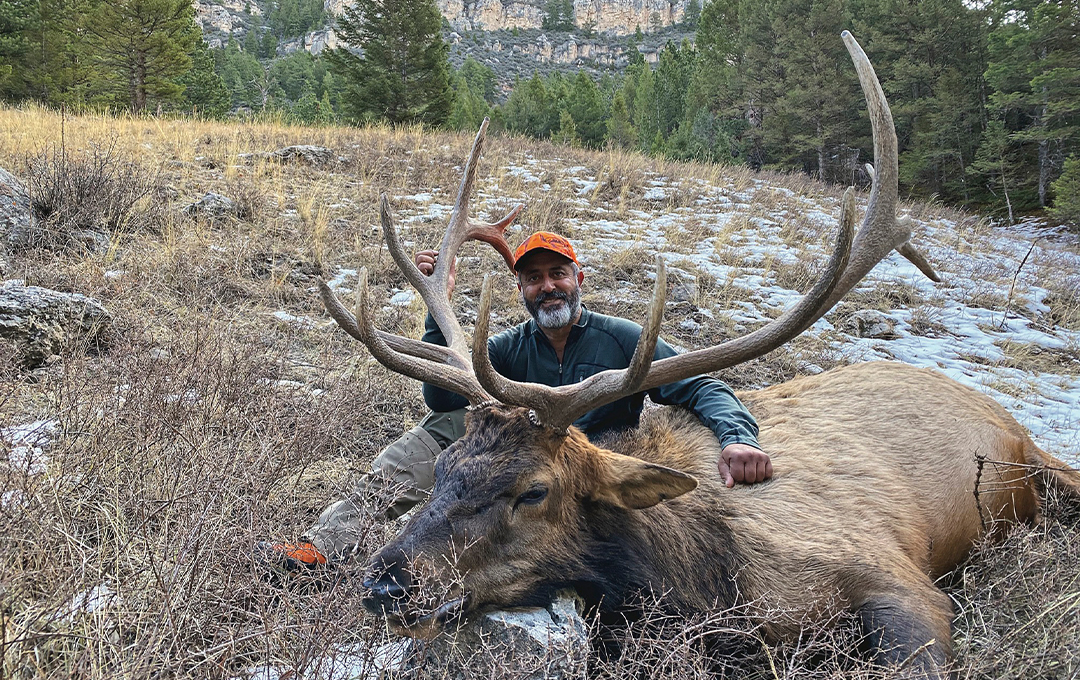
After finding the route, I made a regrettable decision to leave the bulls overnight. I justified it to myself because we didn’t know for sure what kind of shot I made on my bull and overnight temps would be down into the teens. I also let the concern of putting my partner through a late night of traversing an unknown route factor into my decision. This is the thing I find most difficult about hunting with other people; decisions never seem to be as simple as “what would I do?” I constantly worry about what they are willing to do and many times those worries are unwarranted, as they likely were in this case.
By Any Means Necessary
Assuming both bulls were dead, we had a big task ahead of us unless we could get some help. That night I messaged my brother via InReach to see if he could come in with his horses to help. We would need to get the meat to a location he could get to, but it would save us from making multiple trips for the longest section of the pack out.
In the morning we worked our way up to the slot in the cliffs and dropped into where my friend’s bull was laying. To my relief, my bull was only 50 yards away. The rest of the morning was spent quartering both elk and boning out the meat into goat-packable portions. That afternoon we started packing it back to camp. Nothing in that country came easy. In this case, we had to take a couple of steps backward before we could take a few steps forward. Our camp was at the confluence of the sanctuary tributary and the main canyon. However, the pack out would not be as simple as coming down the drainage which was just over half a mile as the water flows. The canyon down from the kill site was impassable so we were forced to make the roundabout trip back up through the cliffs which added a lot of distance and elevation gain. This trip was made twice, once for each bull.
The next day we made a haul up out of the canyon with a little more than half the meat. We hung it in a location I thought my brother could get to with the horses, and I was able to confirm he was on his way. He would be in the following morning, so we took the afternoon off to relax around camp. With the downtime, we took the opportunity to cook the best backcountry meal I’ve experienced; a perfectly cooked elk tenderloin grilled over hot coals. It was a great feeling to finally relax, knowing that everything was falling into place. Up until that point there was constant concern if we had taken on too much.
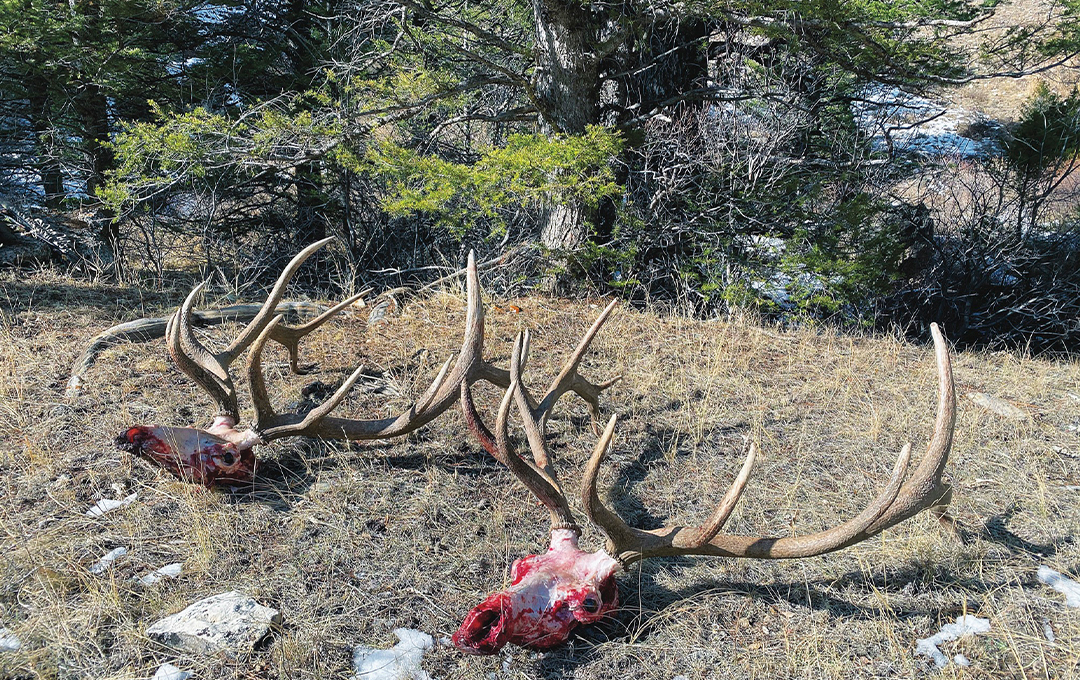
In the morning we packed up camp and the remaining meat to make our final ascent out of the canyon that we had called home for those few short days. My brother’s pack string was a welcome sight as we came into view of the meat tree. At the same time, I could glance back across the canyon to where I had spotted those bulls four years ago. Turns out it wasn’t too good to be true.
Author’s Note:
You may have noticed that on both trips we spotted groups of three bulls, and both groups had two six-by-sixes and one six-by-spike. You may have wondered if it was the same group of bulls. We wondered the same thing but after looking at footage from the first trip, it was determined that they were not the same. The most apparent difference was that the two six-by-spikes had the spike on opposite sides.
Justin Starck - WY Elk 2020


